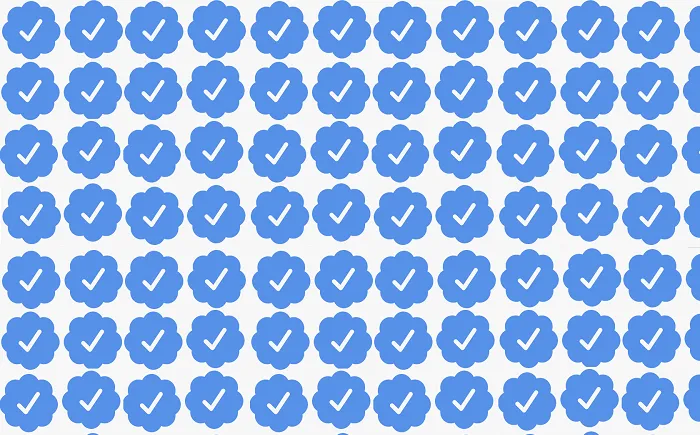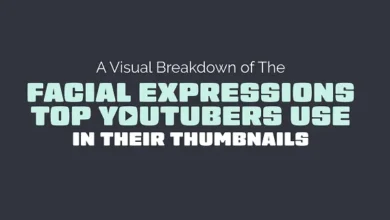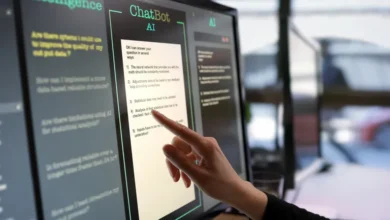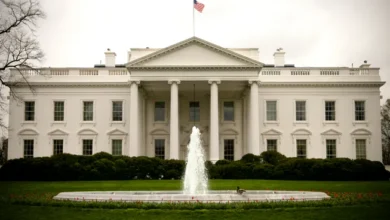X To Remove the Option To Hide Blue Tick

The fact that X offered this as an option in the first place is an indictment of its own product, while the fact that it’s now removing it is even less logical.
But…

Yes, X (formerly Twitter) is notifying users who currently have a blue tick in the app that, soon, they’ll no longer have the option to hide it.
So if you’re ashamed of your checkmark, and you don’t want people knowing, or thinking that you’re giving money to Elon to use his app, you’ll soon have no choice.
Which is likely in response to X recently announcing that all users with 2,500 verified followers will get a free checkmark in the app.
That saw a heap of prominent former Twitter users get their checkmarks back, despite not wanting them, and also not wanting to be seen as paying for the tick. So a lot of them just hid it, but now, X is taking that option away, meaning that more blue ticks will be displayed in-stream.
So why would X remove the option?
Well, X sees the blue checkmark as a signal of authenticity, and wants to use it, in part, as an anti-bot measure. Bots can’t pay for accounts, so in X’s view, all of the blue checkmark accounts are actual, real people.
The more real people that have blue ticks, the more that the profiles without them stand out as potential bots, which reduces their standing in the app, and X is likely hoping that by having more checkmarks more visible, that’ll increase the pressure on non-subscribers to consider paying up to get on par with the rest.
But that won’t work.
Why? Because as X itself has noted, the vast majority of users (80%) never post or interact in the app, and view posts on X in “read only” mode. If you’re not posting anyway, why would you care if you have a checkmark or not, while X’s move to sell blue ticks has completely de-valued it as a symbol of status, which is why it had to add an option to hide the marker in the first place.
In other words, X has undermined a key value proposition of its Premium subscription offering (the blue tick) by selling it to whomever is willing to pay. Which means that no one puts much stock in the marker anymore, so most users see absolutely no reason to pay to get it.
Forcing more users to display the tick won’t help, as it’s just not worth anything anymore, and if you’re not paying for the other features of X Premium, the marker, in itself, is no longer the value add that it once may have been.
Really, the whole push to reform verification has been a mess.
X owner Elon Musk originally pledged to eradicate the “lords and peasants” system of verification in the app, by making blue ticks available to anyone, which he also saw as a path to generating a heap more revenue for the app.
Indeed, in his original pitch to potential investors for his Twitter acquisition, Musk projected that, by the end of last year, X Premium would have 9 million subscribers, before rising to 104 million paying users by 2028. Musk also saw a path to the company generating $26.4 billion by 2028, with $10 billion of that coming from subscriptions.
But none of that is even close to happening.
Thus far, X Premium still has fewer than a million subscribers, or less than 0.5% of X’s total user base. At best, X Premium would be generating around $50 million per annum for the company, though it’s hard to know exactly how much it’s making due to variable Premium subscription pricing.
Incentives like access to its Grok chatbot seemingly haven’t had a big impact, and without a more significant value-add, it’s hard to see how Musk and X will lure more subscribers.
Peer pressure, through forced display of blue ticks, is unlikely to be a big element, while giving way X Premium to people with a lot of followers seems to reinstate the very “lords and peasants” system that Musk vowed to eliminate.
But, I guess, it also needs to try something, especially with X’s overall revenue actually declining by half to $2.5 billion in 2023.
Really, I don’t even see how X is going to stay in operation beyond the U.S. election.
Advertisers are still seemingly hesitant to return to the app, which has significantly impacted its ad intake, while subscribers, as noted, are not even marginally close to Elon’s projections. And even with 80% fewer staff, X still has a lot of costs to cover, which also includes buying pricey GPUs to power its AI elements.
As such, I’m not sure that its current intake is going to be sustainable for much longer.
That’s likely why xAI is now seeking up to $4 billion in additional investment, and why X is pushing hard to lure ad partners back any way that it can.
Maybe, if Elon splits out xAI and X as separate elements of X Corp, that’ll enable him to keep each running in isolation, without lumping its AI operational costs onto X itself, reducing X’s overheads.
But even then, it’s hard to see how this all comes together as part of Musk’s “everything app” grand plan.
As many have noted, Elon has been able to overcome seemingly impossible odds in the past, and has played a part in significant technological and industry shifts. But maybe, this time, he’s bitten off more than he can chew, and chewing faster is unlikely to be the way.





